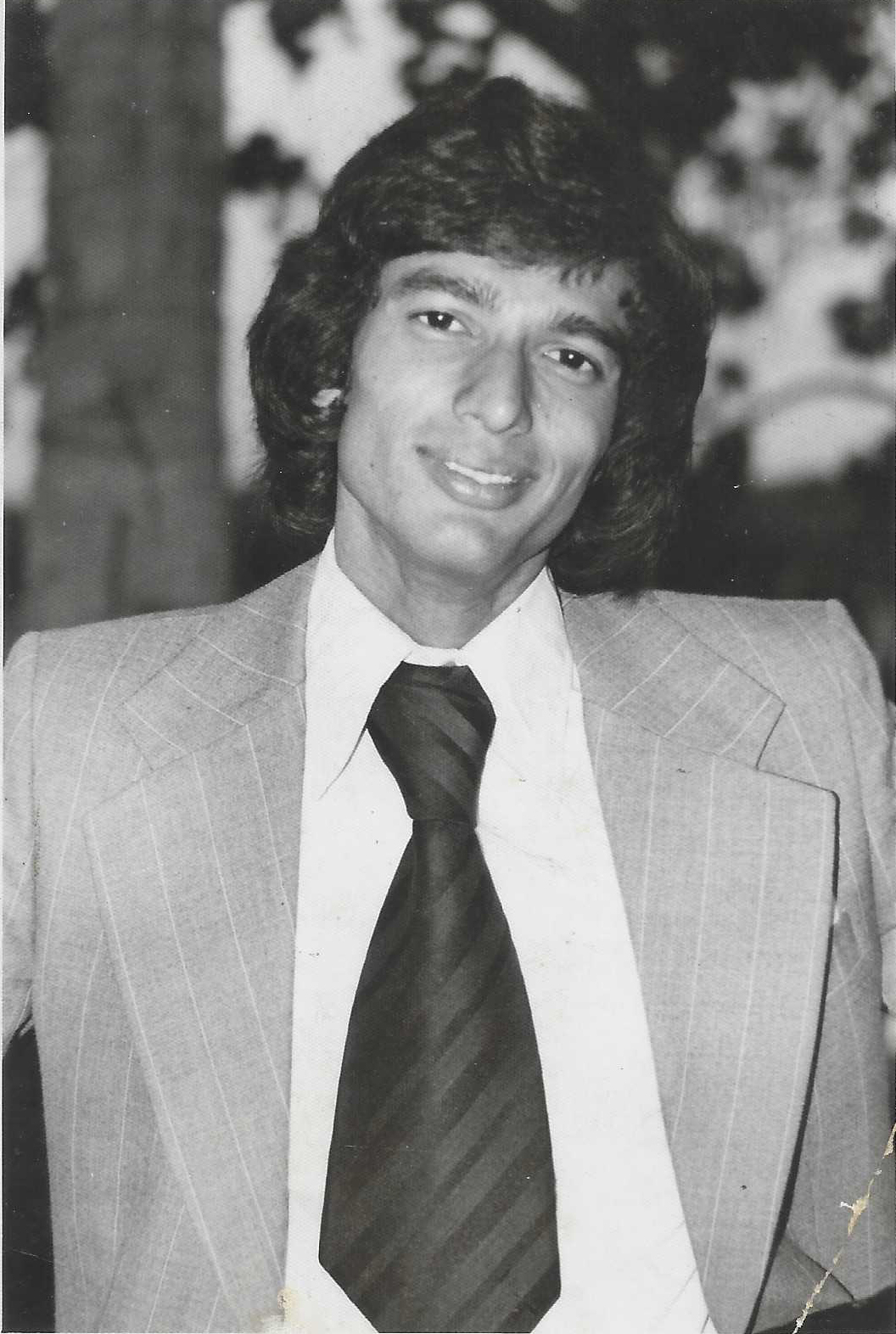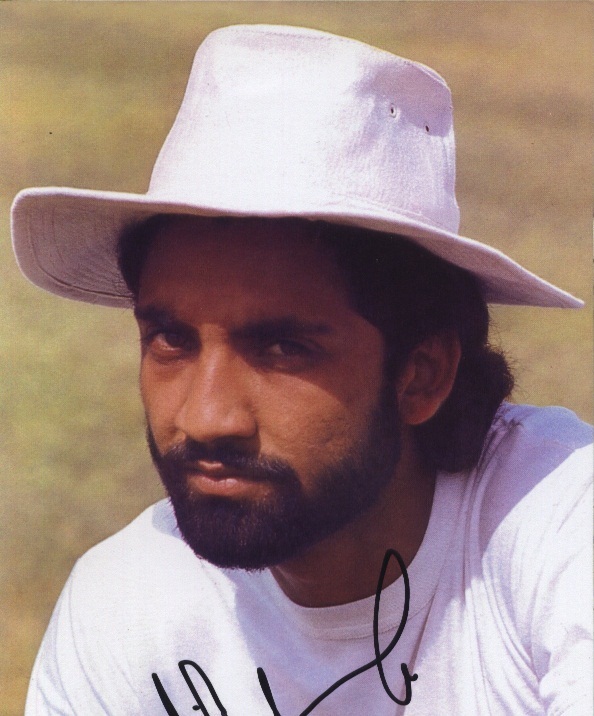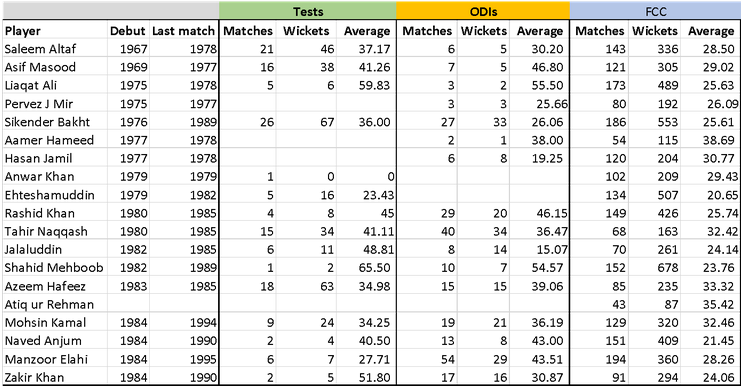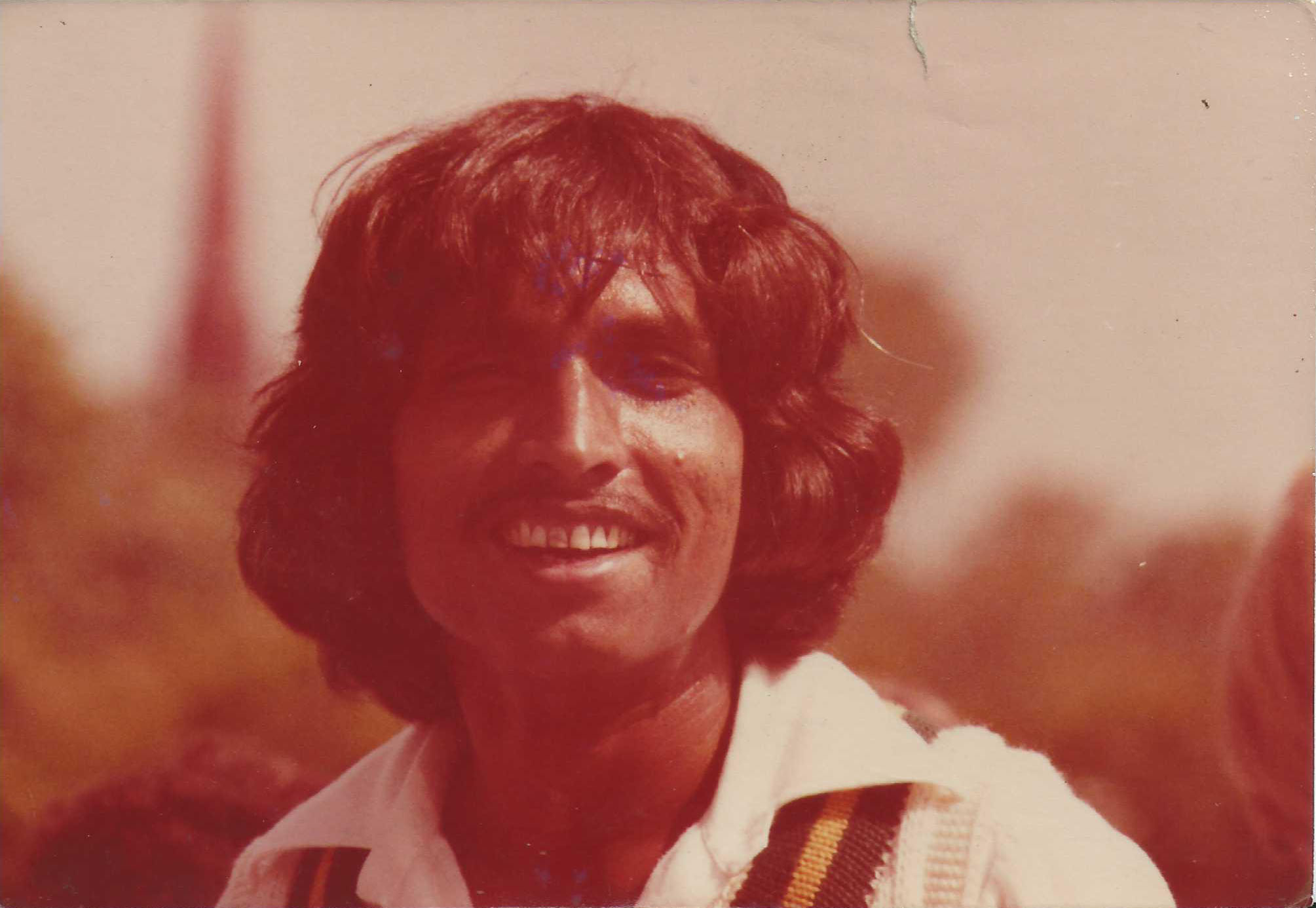Sydney Test match of the 1976-77 series against Australia was a landmark in Pakistan’s pace bowling history. It was the first contest won by Pakistan based purely on hostile pace bowling. Prior to that Pakistan’s wins were conjured up using either Fazal Mehmood’s intelligent and shrewd but strictly medium paced bowling or webs of spin woven by our various spinners.
Post Fazal era there weren’t any Test triumphs carved out solely by pacers. The pace revolution started with that heady win at Sydney and Imran’s performance in that match were instrumental in unearthing the wealth of fast bowling talent in the following years.
Yet it took another seven plus years and yet another training camp discovery out of nowhere to discover a world class talent in the shape of Wasim Akram. Imran of course was partnered through these years by wily old fox Sarfraz Nawaz, but these two struggled to find a consistent and fiery sidekick to supplement the pressure created by their bowling. Between Sydney Test match of the 1976-77 series till the late 1984 ODI when Wasim Akram made his debut, Pakistan explored no less than 18 options as the third spear of pace trimurti but none of these players were able to put the fear of God in the heart of international batters consistently.
Bridgetown, Barbados was the venue of first Test of the five Test series in the West Indies that followed the Sydney triumph. It commenced on 17th February 1977, exactly one month after that historic win in the New South Wales capital city. Seven years, nine months and one week later Wasim Akram made his unremarkable debut in a shortened ODI against the touring Kiwi side, bowling four wicket less overs for 31 runs conceded.
In this interim period Pakistan cricket team played 64 Test matches and an exactly same number of ODIs. Yet with the exception of Sikander Bakht no pace merchant played more than 20 Test matches. Even Sikander was unable to touch the half way mark of 32 Tests in that period.
In the early seventies when Imran was still serving his academic and cricket tutorship period at Oxford and Worcestershire, Pakistan’s pace bowling resources were revolving around the trio of three Lahorites including the most experienced Saleem”Bobby” Altaf, the most stylish Asif Masood of handle bar moustache and two stage run up fame and most penetrative but ungainly looking Sarfraz Nawaz. Saleem Altaf was quickest of the three but still not in the 90 mph category.
Asif and Sarfraz were brisk medium pace at their best. The first-class scene had little to offer except up and coming Ehteshamuddin who despite taking loads of wickets locally, was bizarrely excluded from the 1972-73 tour to down under in favour of relatively unknown but perhaps well connected in the right circles, Majid Usman. Career of Arif Butt, the Pakistan Railways skipper, who took a six-fer on his test debut against Australia at the MCG in 1964-65, was approaching its end and Karachi’s left armer Liaqat Ali was still trying to find his feet. Majid Usman played only 13 first class games in his entire career and vanished from cricket scene following that tour. Liaqat Ali of Vespa Scooter and Beetle Leaf chewing fame, had his day of glory against the touring England in 1978-79 when playing for BCCP’s Patron’s XI, he demolished the famed English batting lineup including Geoff Boycott, by taking 5/23 in their eventual total of 64/9 declared.

By mid-seventies Saleem Altaf and Asif Masood had their best days behind them. In fact Asif Masood announced his retirement immediately after the West Indian leg of 1976-77 tour. His inclusion on that trip was also a last minute change by the selection committee who had first opted for young Aamer Hameed from Lahore but switched back to more experienced Asif Masood after Mushtaq Mohammad was reinstated as captain. Mushtaq along side five other players were entangled in a pay dispute with the BCCP that led to appointment of Intikhab Alam as skipper for the 1976-77 twin tour only to be withdrawn days before the team was supposed to take off. In the entire scenario Aamer Hameed was the only loser. Aamer Hameed did represent Pakistan in a couple of one dayers against England, but that too happened only when players contracted by Kerry Packer were missing from the lineup. Saleem Altaf too played just one more test match against India at Lahore dismissing the great Sunil Gavaskar on the opening day as his last contribution as a player to Pakistan cricket.
Pakistan’s first Under-19 prodigy was Karachi’s lanky Sikander Bakht who almost established himself as a regular feature behind Imran and Sarfraz. Sikander’s 11 wickets haul against India at Delhi in Imran’s absence due to injury on the 1979-80 tour of India remained his career highlight and despite proving his potential at the tender age of 20, Sikander failed to hold a regular place in the side. On home turfs Pakistan often went in with extra spin options and Sikander only played seven of his 26 Tests at home.
Other than Indian tour his only decent outing was in New Zealand when he picked 12 wickets in three matches. Subsequently he lost out to younger and faster options in the pecking order. On that New Zealand trip National Bank’s steady trundler Anwer Khan also got his solitary cap owing to Imran’s absence due to his Packer commitments. Similarly, the burly Ehtesham also had his one decent trip on the 1979-80 Indian tour, when he took a fifer at Kanpur followed by another four wickets spell at Calcutta. Ehtesham’s prolific domestic circuit success on Pakistani featherbeds fetched him 500 plus first-class wickets but only five Test appearances for the national side.
Advent of limited overs cricket saw elevation of some bits and pieces players to the international level for Pakistan. Inclusion of Pakistan Universities skipper Pervez Jamil Mir in the inaugural 1975 World Cup competition and PIA’s Hasan Jamil Alvi in the 1979 edition underlined the arrival of allrounders who specialized in limited overs domain albeit with limited success in those early days. In later years Manzoor Elahi, the hard hitting “Sahiwal Express”, also fell in the same category.
Another player revolt after the 1981-82 Australian trip gave Test debuts to the young duo of Rashid Khan and Tahir Naqqash against Sri Lankans making their first international tour after elevation as a full member of the ICC. Both Tahir and Rashid had made their limited overs debuts earlier with Rashid Khan creating sensation by clean bowling Desmond Haynes and also dismissing Vivian Richards in his opening spell. Tahir, younger brother of another Lahore pacer Arif Naqqash, bowled at decent pace and had some batting ability too.

Meanwhile Rashid was star of the Pakistan Under-19 circuit having bowled remarkably well on the Under-19’s trip to India. His wrong-footed action was not pretty but tremendously effective and accurate. Like Ehtesham and Sikander, Rashid was also extremely successful claiming 400 plus first-class wickets on docile surfaces in Pakistan. However, his lack of genuine pace categorized Rashid as an ODI choice and his test match representations were limited to four outings. Same was the fate of Tahir Naqqash who played more ODIs than anyone else during this period, forty ODIs to be precise, but withered away after the find and rise of Wasim Akram.
Yet another career where promise remained unfulfilled mostly due to non-cricketing reasons was Karachi’s bespectacled pacer Jalaluddin. Jalal etched his name in cricket record books by becoming the first bowler to take a hat-trick in ODIs against Australia in 1982-83 but his chances were far and few and mostly came on unresponsive tracks. Jalal generated decent pace and was prolific on domestic circuit but his 14 international appearances did no justice to his caliber and potential.
Atiq-ur-Rehman, the HBL pacer was genuinely quick, with a slingy action like Jeff Thomson, but was generally wayward and was picked for 1983-84 tour of Australia without getting a chance in the first eleven. He too lost his way when he was coached into modifying his bowling action but losing his pace in the process.
The Under-19 series against Australia in 1980 saw emergence of three young pacers all of whom went on to represent Pakistan with varying degree of success. Shahid Mehboob, the first-class wicket taking juggernaut with an awkward bowling action, Azeem Hafeez who was leader of Pakistan attack in Imran’s injury forced absence in 1983-84 and Mohsin Kamal from Lahore whose classic bowling action and follow through made a beautiful spectacle.
Shahid Mehboob’s best day came in the 1983 World Cup competition as a batter when he scored a delightful innings of 77 runs and featuring in a match winning partnership with skipper Imran Khan after the Sri Lankans had reduced Pakistan to 43-5 in opening slavos. Azeem Hafeez’s 18 Test matches yielded 63 wickets but he put on weight and lost sting in his bowling and arrival of Waz signaled end of Azeem’s tenure as the next big thing on Pakistan’s pace front. In 1986-87 Mohsin Kamal was the regular third pick behind Imran and Wasim.

The last two names Naved Anjum and Zakir Khan were identified as pace prospects around the same time as Wasim Akram but had modest international returns in their respective brief flings.
The accompanying table shows the achievements of all 19 bowlers who represented Pakistan in the aforementioned period. A cursory glance will show the stark difference in performances on domestic level and opportunities they got.
